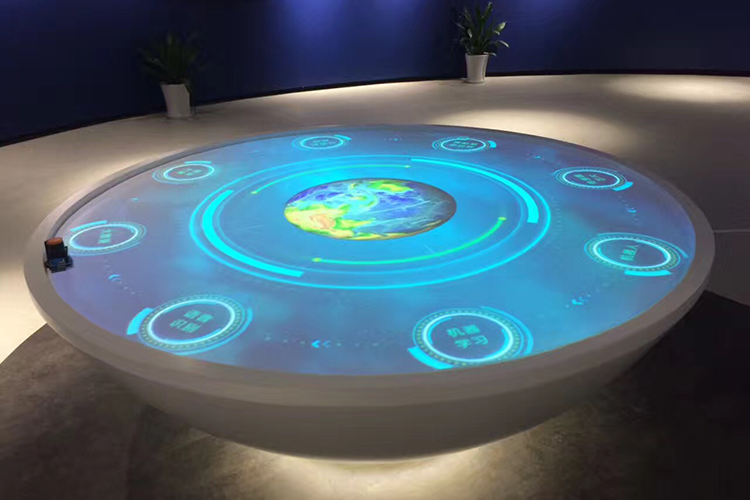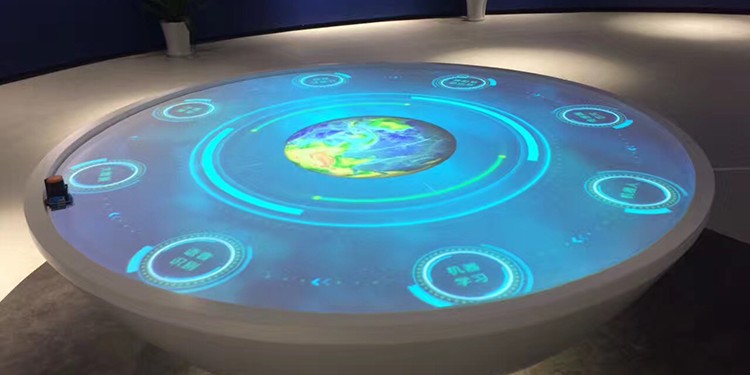
This article explores how 2D LiDAR data can be used for real-time object tracking.
Processing 2D LiDAR Data
2D LiDAR sensors provide range measurements in a single plane, typically creating a 360-degree scan around the sensor. The raw data needs processing before use:
- Filtering: Removes outliers caused by sensor noise or environmental factors.
- Segmentation: Groups data points into clusters that likely represent objects based on distance and angle.
- Registration: Aligns scans from different time frames to track object movement.
Challenges of 2D LiDAR Tracking
Tracking with 2D LiDAR has its limitations:
- Occlusion: Objects behind others or outside the scanning plane are invisible, making tracking difficult.
- Clutter: Stationary objects can be mistaken for targets, requiring filtering techniques.
- Object Appearance: Changes in orientation or objects with similar shapes can lead to tracking errors.
- Data Association: Linking detections across scans to maintain consistent target identification is crucial.
Tracking Methods for 2D LiDAR
Several methods address these challenges:
- Feature-based Tracking: Extracts keypoints like distance peaks to represent and match objects, offering noise and occlusion resistance but potentially missing details.
- Template Matching: Compares pre-defined object templates (e.g., leg shapes) against the scan data, suitable for specific objects but limited in adaptability.
- Machine Learning: Uses algorithms like neural networks to learn object features from labeled data, offering flexibility but requiring significant training data and computational power.
Tools for 2D LiDAR Tracking
Several open-source tools can be used for development and testing:
- PCL (Point Cloud Library): Provides functions for processing, filtering, segmentation, and visualization of 2D LiDAR data.
- ROS (Robot Operating System): Offers standard communication methods for robots and sensors, including LiDAR, with packages for tracking like laser_scan_matcher.
While OpenCV primarily focuses on image data, some functionalities within OpenCV 3D can be applicable for 2D LiDAR tracking tasks.
2D LiDAR Tracking Examples
Real-world applications of 2D LiDAR tracking include:
- Robot Navigation: Avoiding obstacles and following paths in indoor environments.
- People Counting: Tracking pedestrian movement in public areas.
- Inventory Management: Monitoring object presence and location in warehouses.
You can find online resources showcasing these applications, such as videos demonstrating robots using 2D LiDAR for navigation or people counting in crowded environments.
Additional Considerations
This article provides a foundational understanding of 2D LiDAR tracking. Further exploration might involve:
- Sensor fusion: Combining 2D LiDAR with other sensors like cameras for richer data and improved tracking accuracy.
- Advanced tracking algorithms: Exploring Kalman filters or particle filters for more robust object state estimation.
- Specific applications: Researching how 2D LiDAR tracking can be tailored to unique scenarios in various industries.







